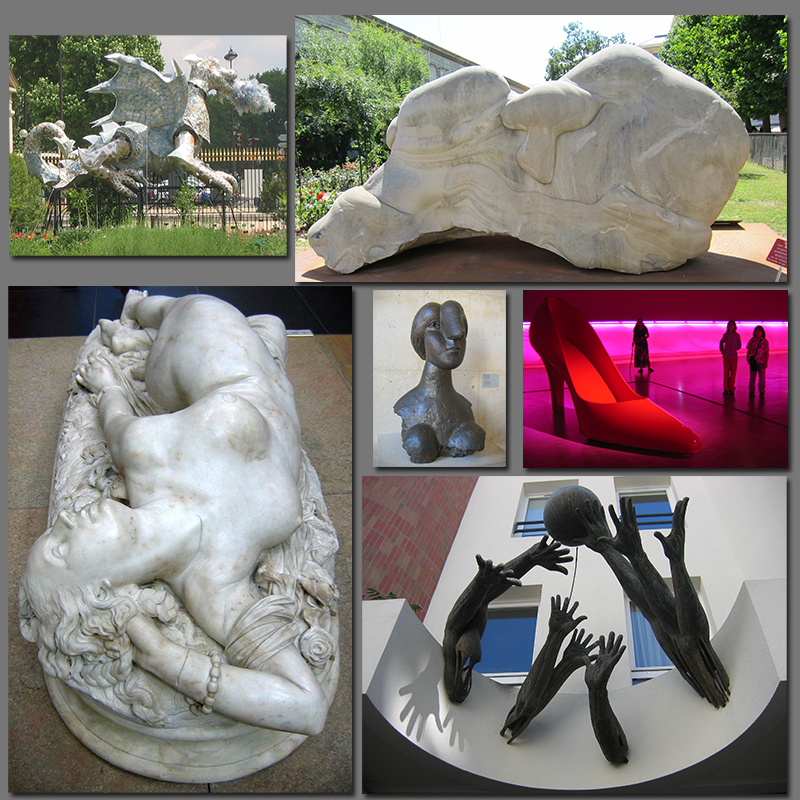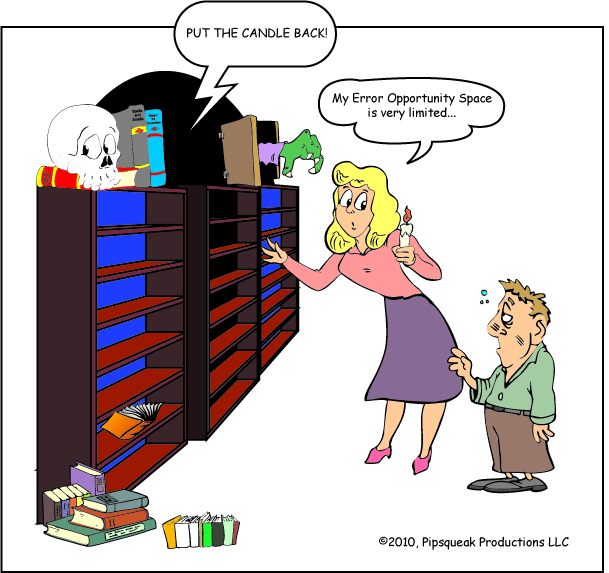
What is art? Do the objects in the images above form a category of “sculpture”? In Kindergarten, young students are taught a game: every kid brings an object to class; each student is asked to create two piles—the “in” group and “out” group—based on his/her own imagined set of rules; the other children guess the rules that make the category. It’s a great game. A collection of 20 objects can be sorted a staggeringly large number of ways: by color, by size, by use, by ownership, by gender, by taste, by feel, by name, by materials used in manufacturing, by the degree of fun, by shape, by temperature, by degree of reflectiveness or transparency, by the feelings they inspire, by history, by age, by weight, by dimensions, by utility, by the maker, by origin, or any other trait or combination of traits. This is a task that’s truly shaped by imagination. Categorization is a work of creativity. Guessing the rules of categorization is deductive reasoning at its best—scientists, detectives, and doctors do it everyday. But unlike the Kindergarten game, there’s usually no one to tell when the guess is wrong. How we perceive a group of objects depends on the…

